Childhood Without Other Children: A Generation Is Raised in Quarantine
Covid-19 has meant the youngest children can’t go to birthday parties or play dates. Parents are keeping them out of day care. What is the long-term effect of the pandemic on our next generation?
Alice McGraw, 2 years old, was walking with her parents in Lake Tahoe this summer when another family appeared, heading in their direction. The little girl stopped.
“Uh-oh,” she said and pointed: “People.”
She has learned, her mother said, to keep the proper social distance to avoid risk of infection from the coronavirus. In this and other ways, she’s part of a generation living in a particular new type of bubble — one without other children. They are the Toddlers of Covid-19.
Gone for her and many peers are the play dates, music classes, birthday parties, the serendipity of the sandbox or the side-by-side flyby on adjacent swing sets. Many families skipped day care enrollment in the fall, and others have withdrawn amid the new surge in coronavirus cases.
With months of winter isolation looming, parents are growing increasingly worried about the developmental effects of the ongoing social deprivation on their very young children.
“People are trying to weigh pros and cons of what’s worse: putting your child at risk for Covid or at risk for severe social hindrance,” said Suzanne Gendelman, whose daughter, Mila, 14 months old, regularly spent rug time with Alice McGraw before the pandemic.
“My daughter has seen more giraffes at the zoo more than she’s seen other kids,” Ms. Gendelman said.
It is too early for published research about the effects of the pandemic lockdowns on very young children, but childhood development specialists say that most children will likely be OK because their most important relationships at this age are with parents.
Still, a growing number of studies highlight the value of social interaction to brain development. Research shows that neural networks influencing language development and broader cognitive ability get built through verbal and physical give-and-take — from the sharing of a ball to exchanges of sounds and simple phrases.
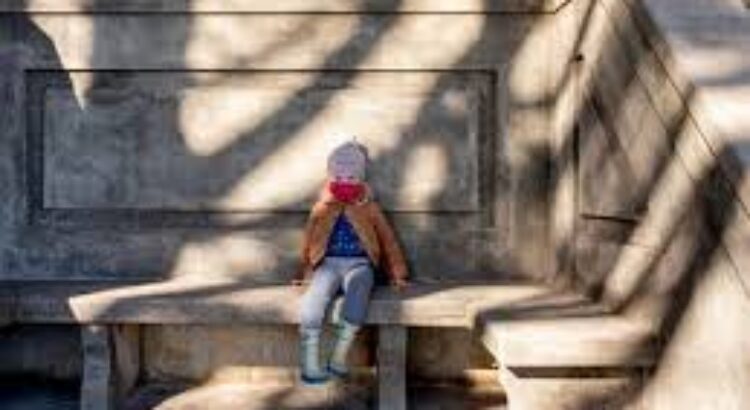
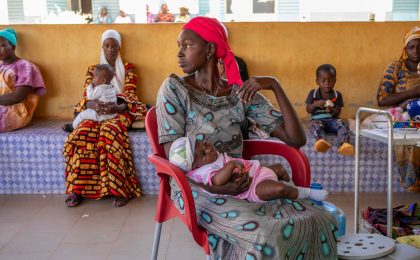

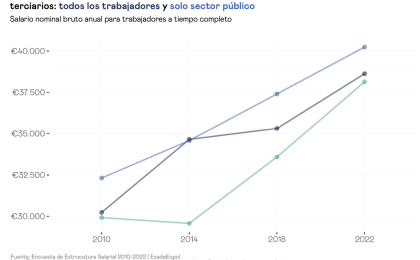

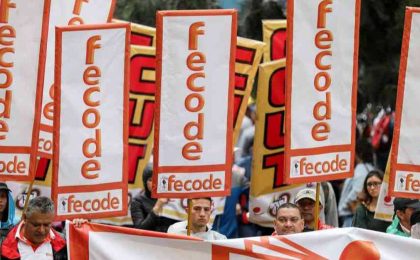

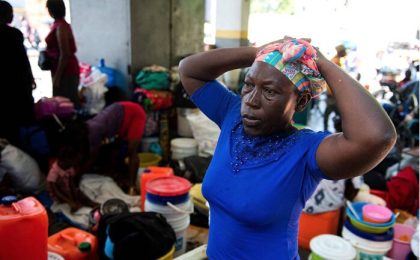


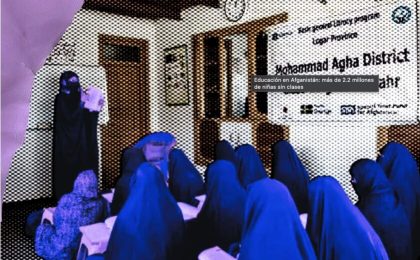
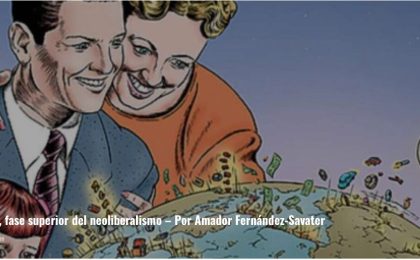



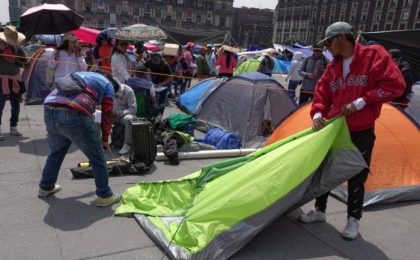

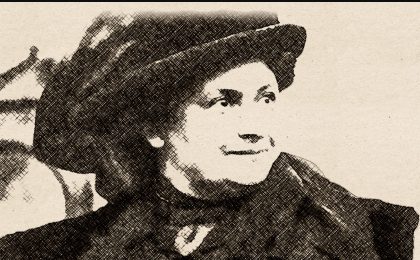







 Users Today : 32
Users Today : 32 Total Users : 35460163
Total Users : 35460163 Views Today : 49
Views Today : 49 Total views : 3418832
Total views : 3418832